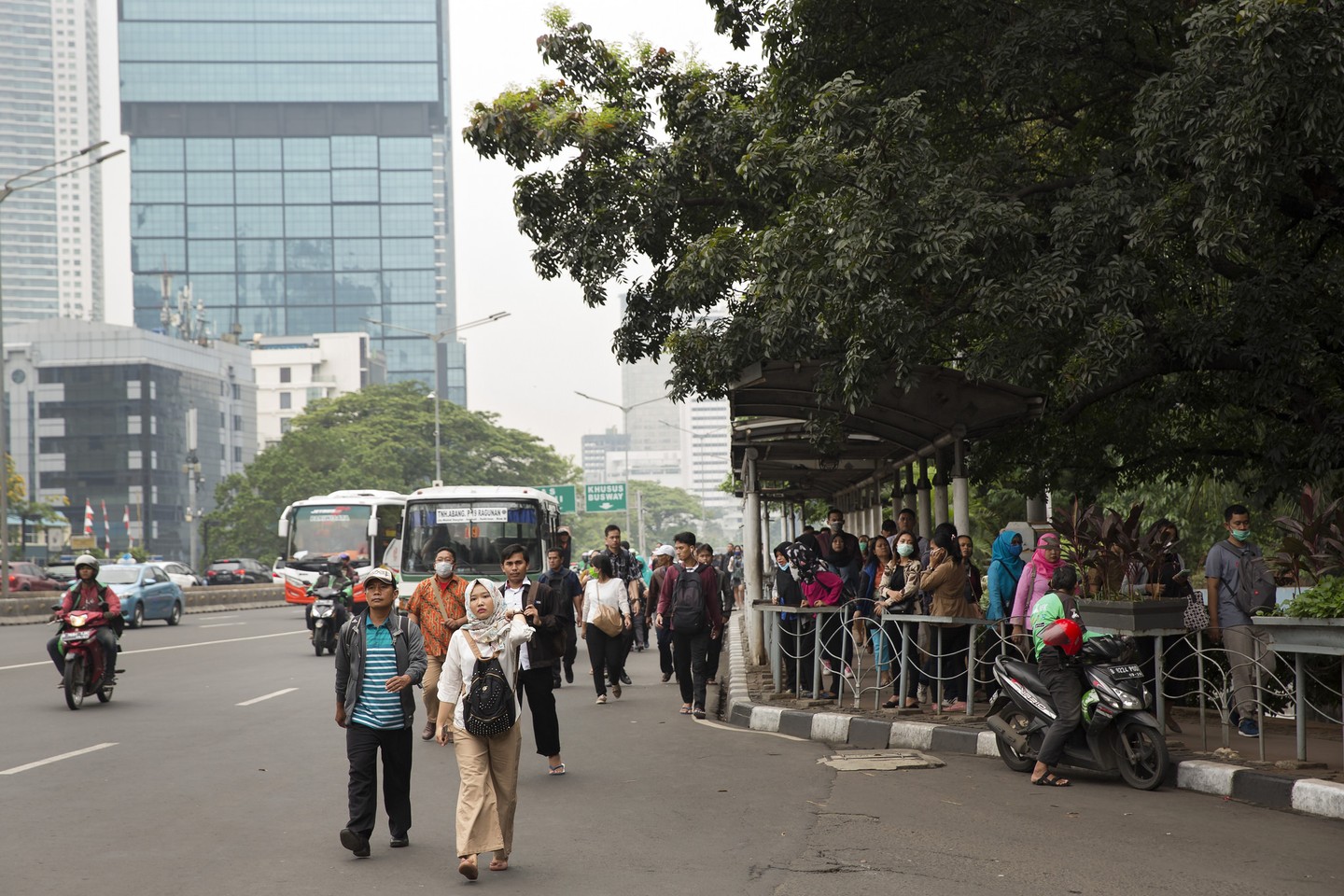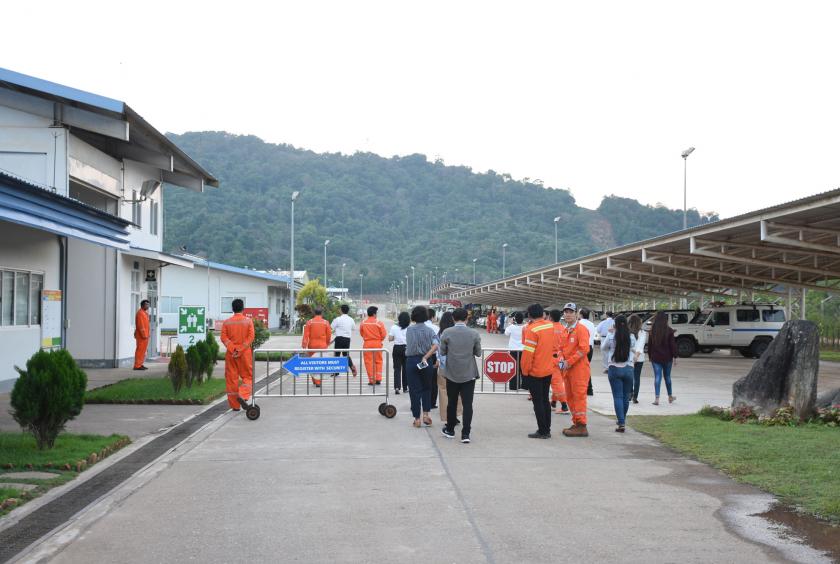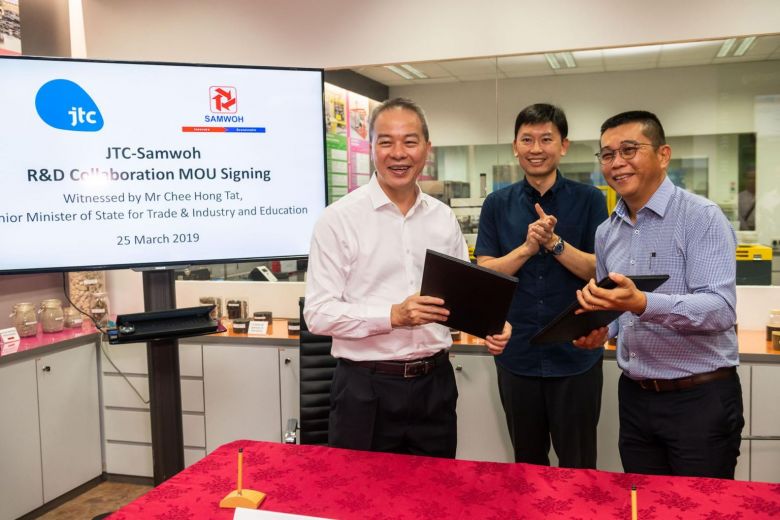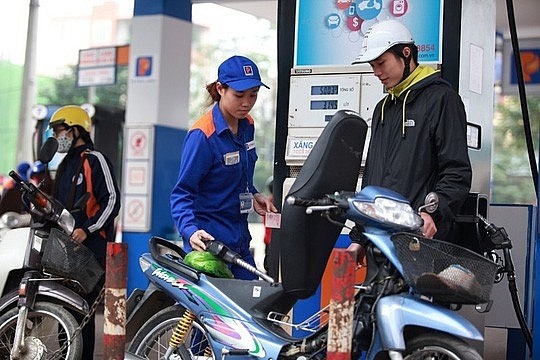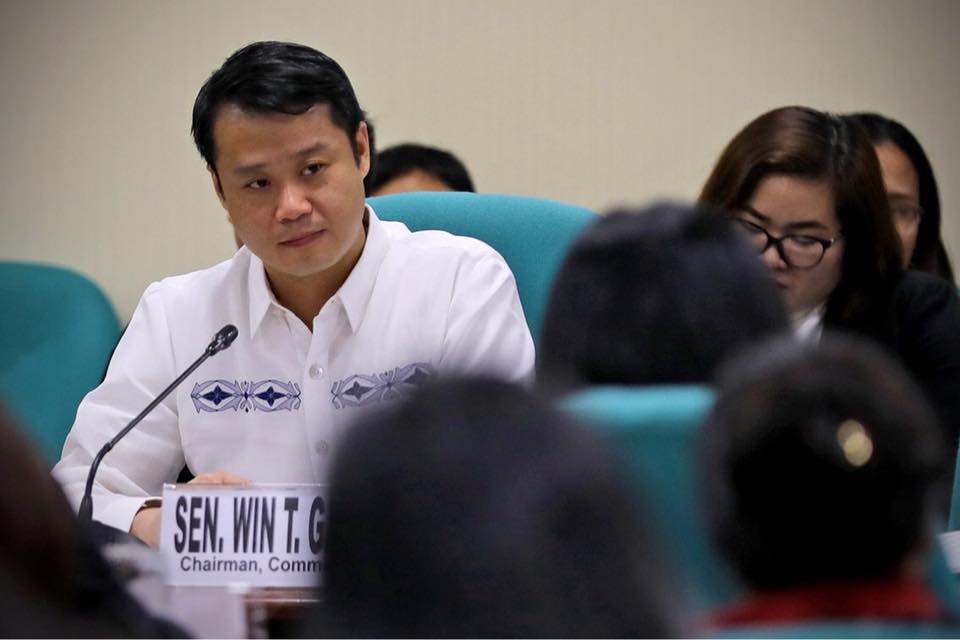- Electricity/Power Grid
–
- Cambodia
The government has urged vendors of electricity generators to ensure reasonable prices after public complaints flooded social media over soaring costs amidst a shortage of power in the Kingdom.
Government spokesman Phay Siphan said Cambodian people should help each other during a crisis.
Mr Siphan urged vendors to remain honest with the price of the generators, adding that the country was facing an electricity shortage as a result of extremely hot and dry weather as hydropower dams in the country are unable to produce energy.
“Please contribute and keep faithful behaviour toward each other with a culture of solidarity for Cambodian people, especially when it comes to hard times with electricity shortages,” he said. “I hope that in the recent difficult times of electricity shortages, we should understand each other and unite.”
Tann Huy Keang, owner of a generator shop in Russian market, yesterday said she would sell the generators at a similar price for which she bought them.
“I bought them at a high price so I must sell at a slightly higher one to get some income,” she said. “I allow buyers to bargain the price, so I will decide how much I could sell to them.”
Prime Minister Hun Sen last week called on the public and businesspeople to use generators as back-ups as the Electricity Authority of Cambodia could not generate enough electricity to meet needs.
From January to the end of February, power consumption increased to 31 million kWh per day due to a host of new investment projects in the capital.
Chhum Davith, a dental clinic owner, said he bought a 3.5-kilowatt electricity generator for $430 last week due to need for power in his business, noting that it was sold for just $200 last month.
“The price has doubled and I had no choice but to buy it to run my business,” he said. “Using a generator is not as convenient as the state electricity. So I hope the government would figure out way to solve the current problem.”
Last week, EDC said it had cut the supply of electricity in the Kingdom during the day to ensure supply at night.


